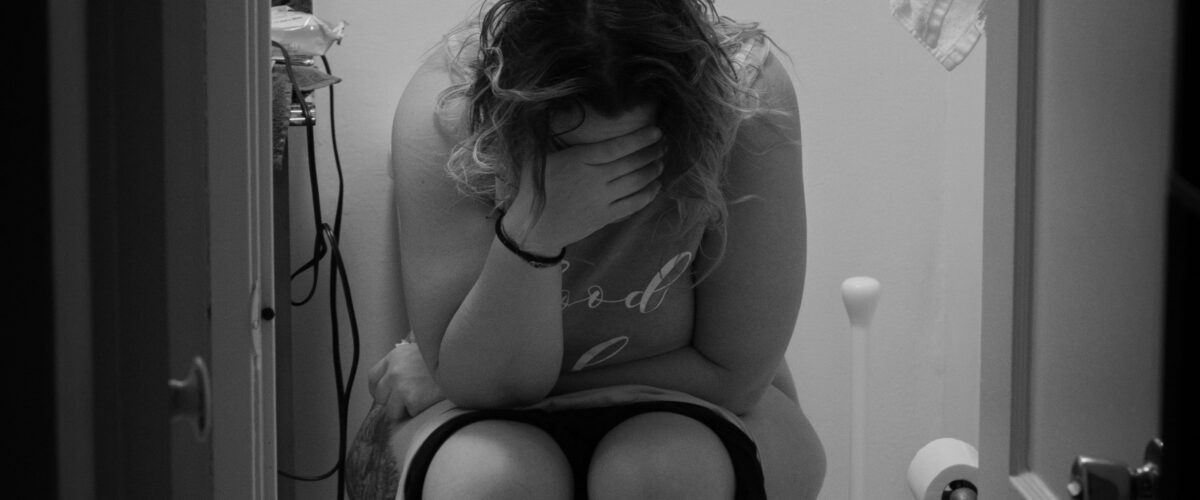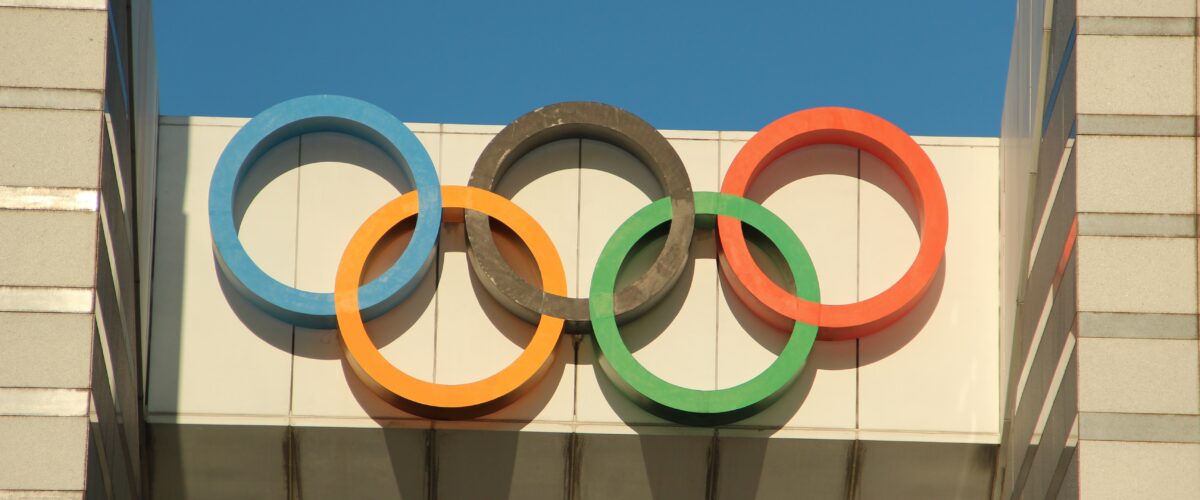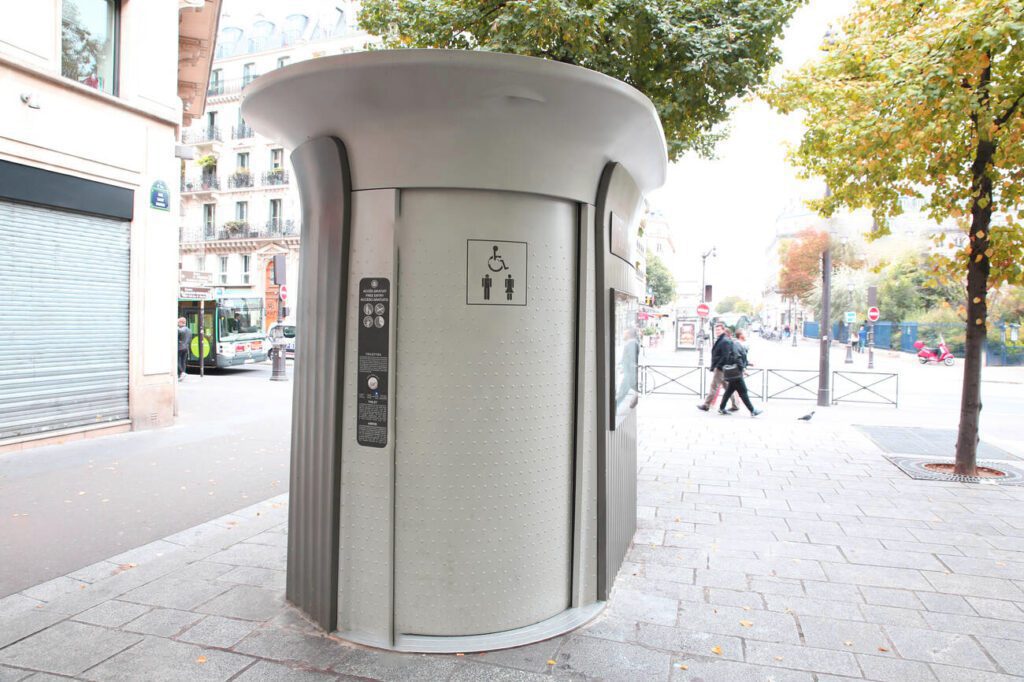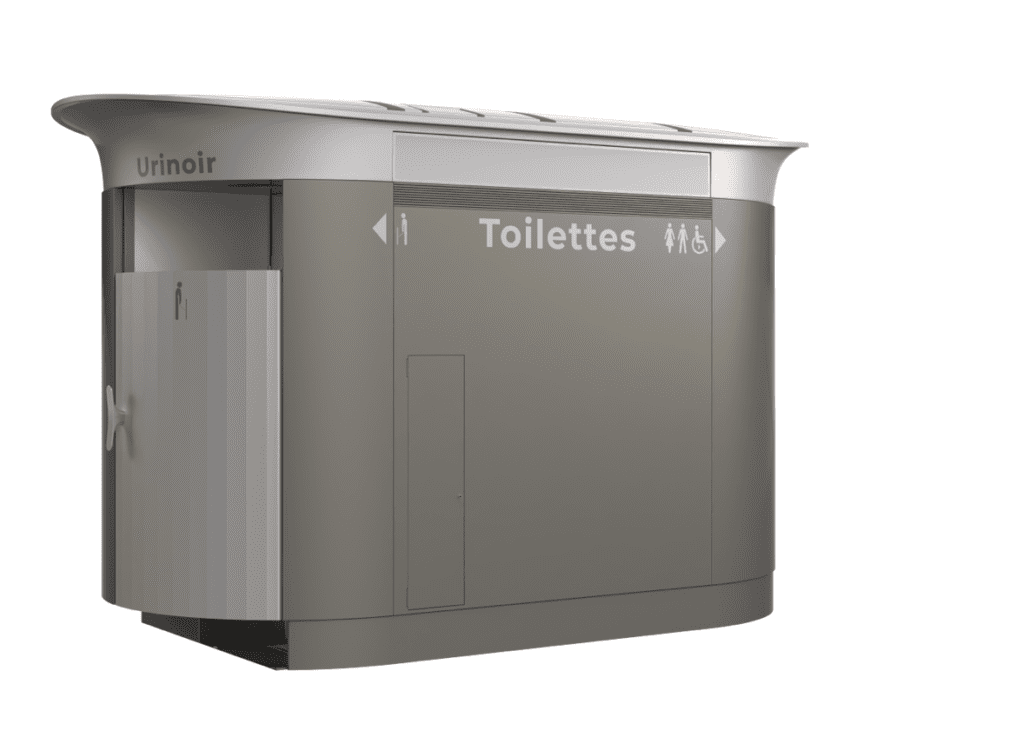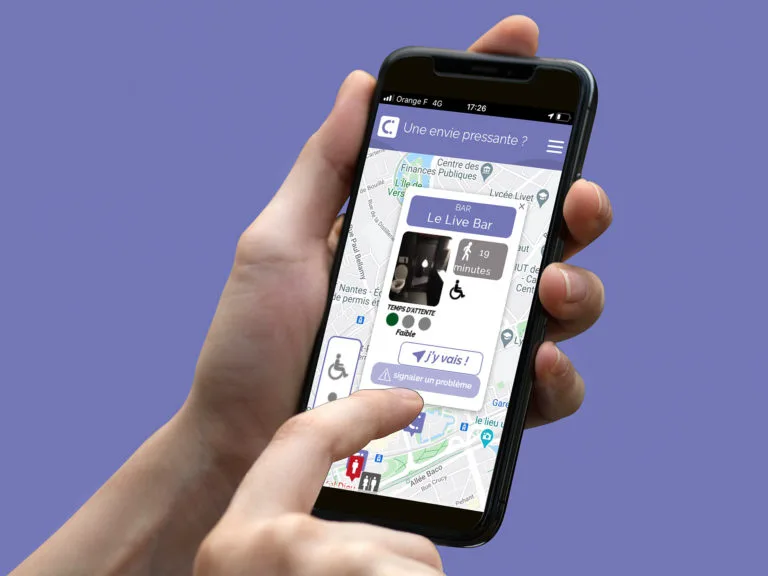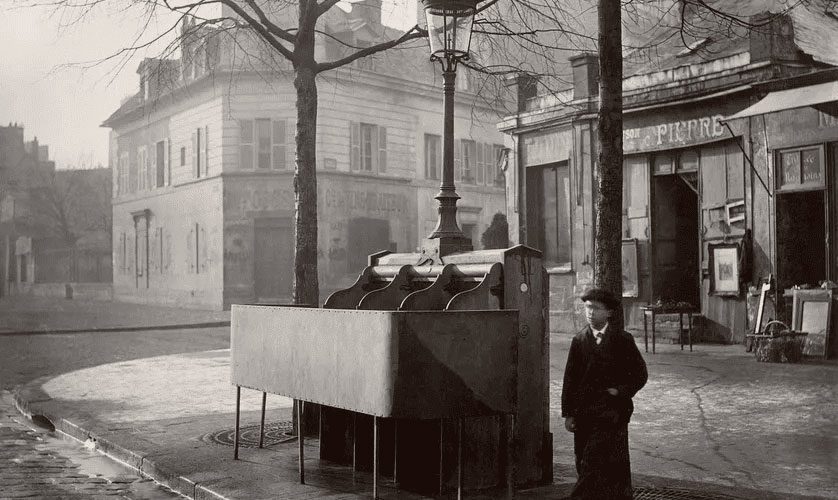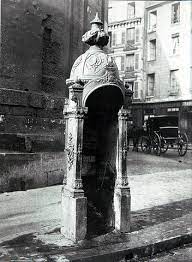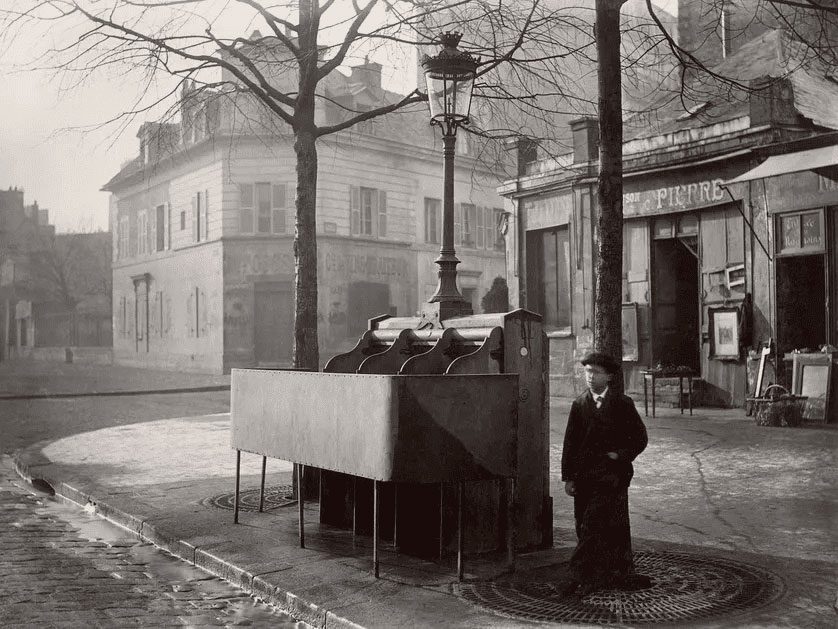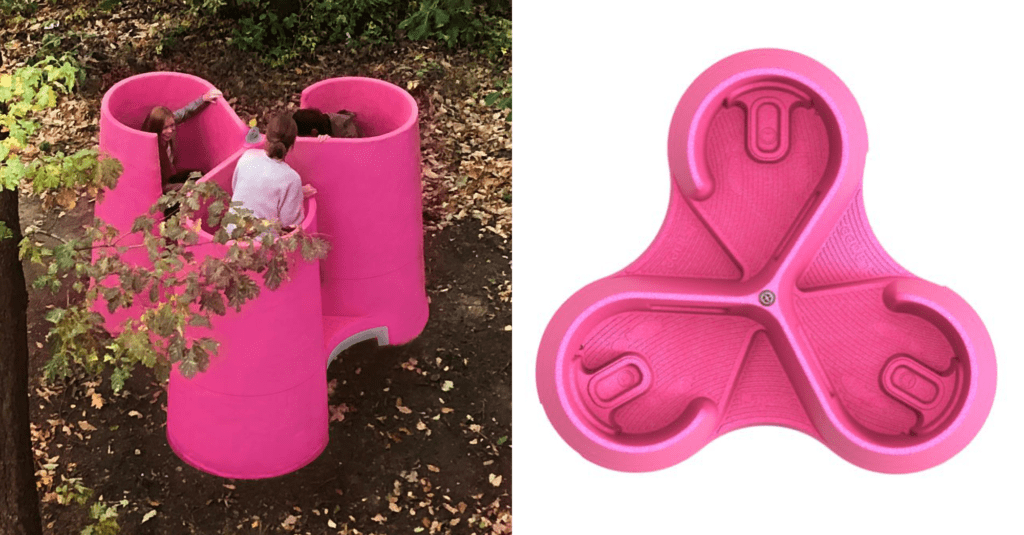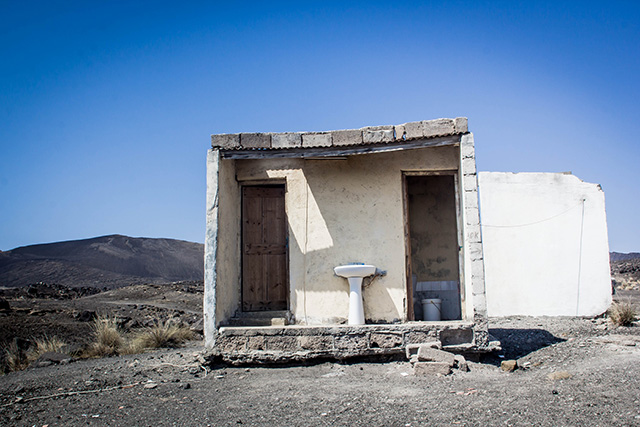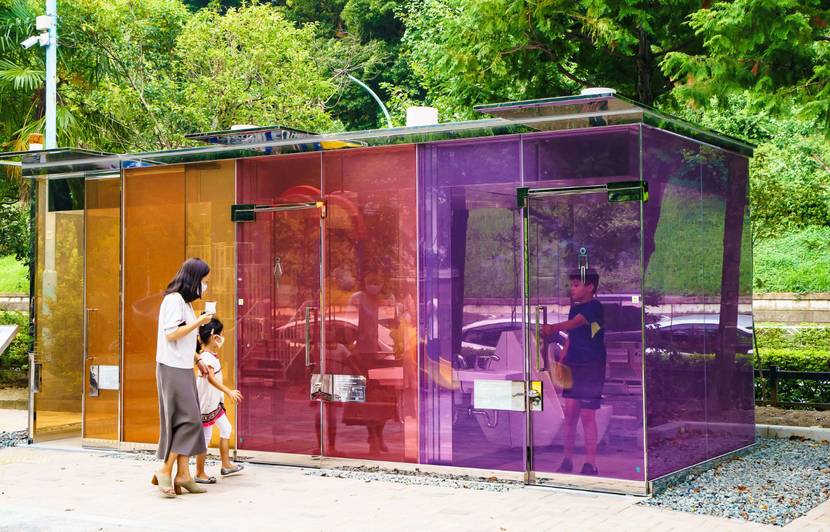WHAT IS PARCOPRESIS AND HOW CAN I OVERCOME THE FEAR OF EVACUATION?
Psychological balance is often overlooked, but disorders such as parcopresis, or fear of evacuation, can have a significant impact on daily life. This article explores this disorder, its origins, and offers advice on how to overcome this specific anxiety.

I - What is Parcopresis?
Parcopresis, also known as phobic toilet syndrome, is a phobia that manifests itself as a fear of defecating in a public toilet or in someone else’s home. it causes delays in evacuation, which can have consequences for gastrointestinal health and overall quality of life.
Origins and Contributing Factors
The origins of parcopresis are often complex and can vary from one person to another. Some common factors include traumatic experiences related to toilet use, self-esteem issues, or excessive concerns about the judgment of others. Social and cultural pressures around toileting can also contribute to anxiety.
II - Symptoms of Parcopresis
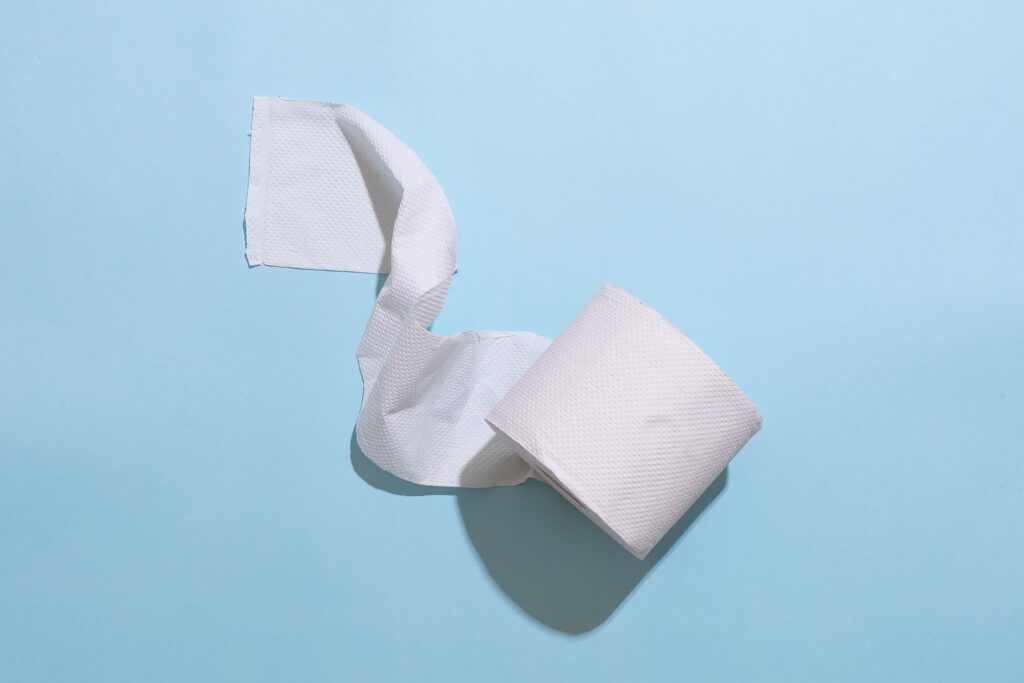
Toilet avoidance
People with parcopresis may avoid using public toilets or those at friends’ homes, which can lead to long-term health complications.

Intense anxiety
The mere thought of using a toilet away from home can trigger intense anxiety, sometimes accompanied by physical symptoms such as sweating, shaking or stomach aches.

Impact on quality of life
This phobia can restrict social activities and lead to difficulties at work or school, significantly altering quality of life.
III - How to combat Parcopresis? 5 practical tips

1) Seeking professional help
Consulting a mental health professional, such as a psychologist or psychiatrist, can be the crucial first step in understanding and treating parcopresis.

2) Social support
Talking about your fears with trusted friends and family can provide crucial emotional support. Empathy and understanding can play a significant role in the healing process.
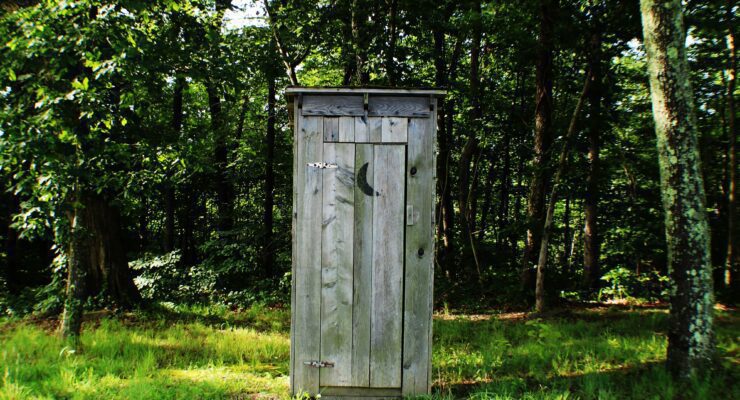
3) Progressive exposure
Gradually exposing yourself to feared situations can help desensitize fear. Starting with familiar surroundings can be the first step.

4) Relaxation and cognitive-behavioral therapy (CBT) techniques
Learning relaxation techniques, such as deep breathing or meditation, can help manage toilet-related anxiety. CBT is also often recommended for treating parcopresis. It helps to identify and change the negative thought patterns associated with the phobia.
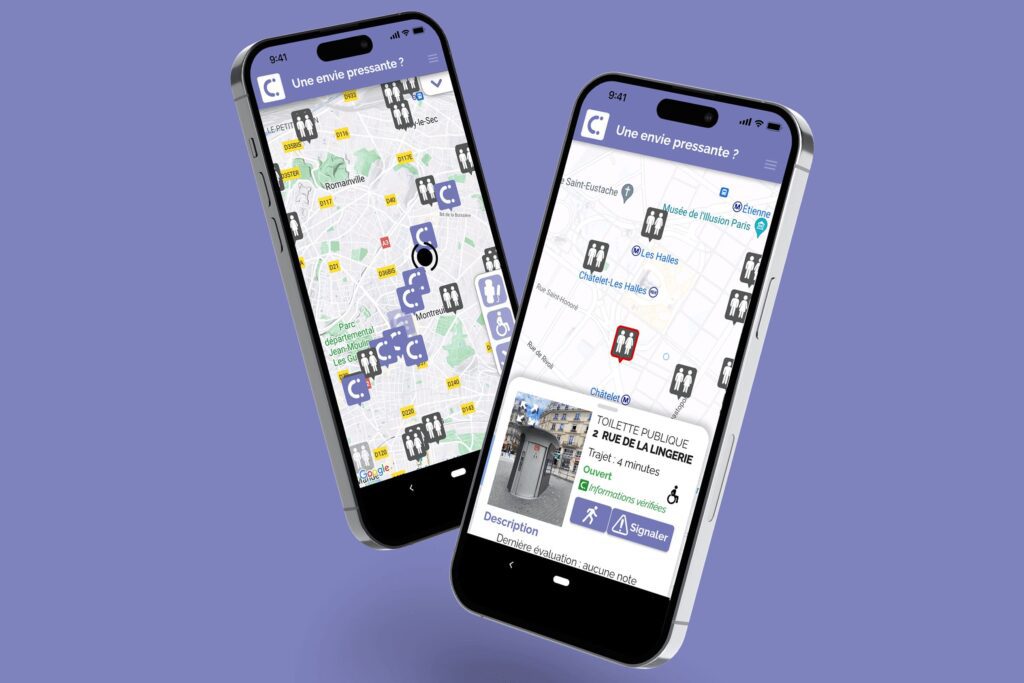
5) Small aids such as the ICI Toilet app:
The ICI Toilettes app also helps people who think they havethis phobia, or who actually do haveit . She does her best to show you the nearest toilets in advance, whether they are public toilets or those belonging to our partner retailers. We work daily to list and select clean toilets, to avoid parcopresia and claustrophobia.
With ICI Toilettes, youou’re safe. Would you like to see all our partner merchants in your town? Go directly to our application or to our “
Partners
Please click on “Partners” at the top of our site.


